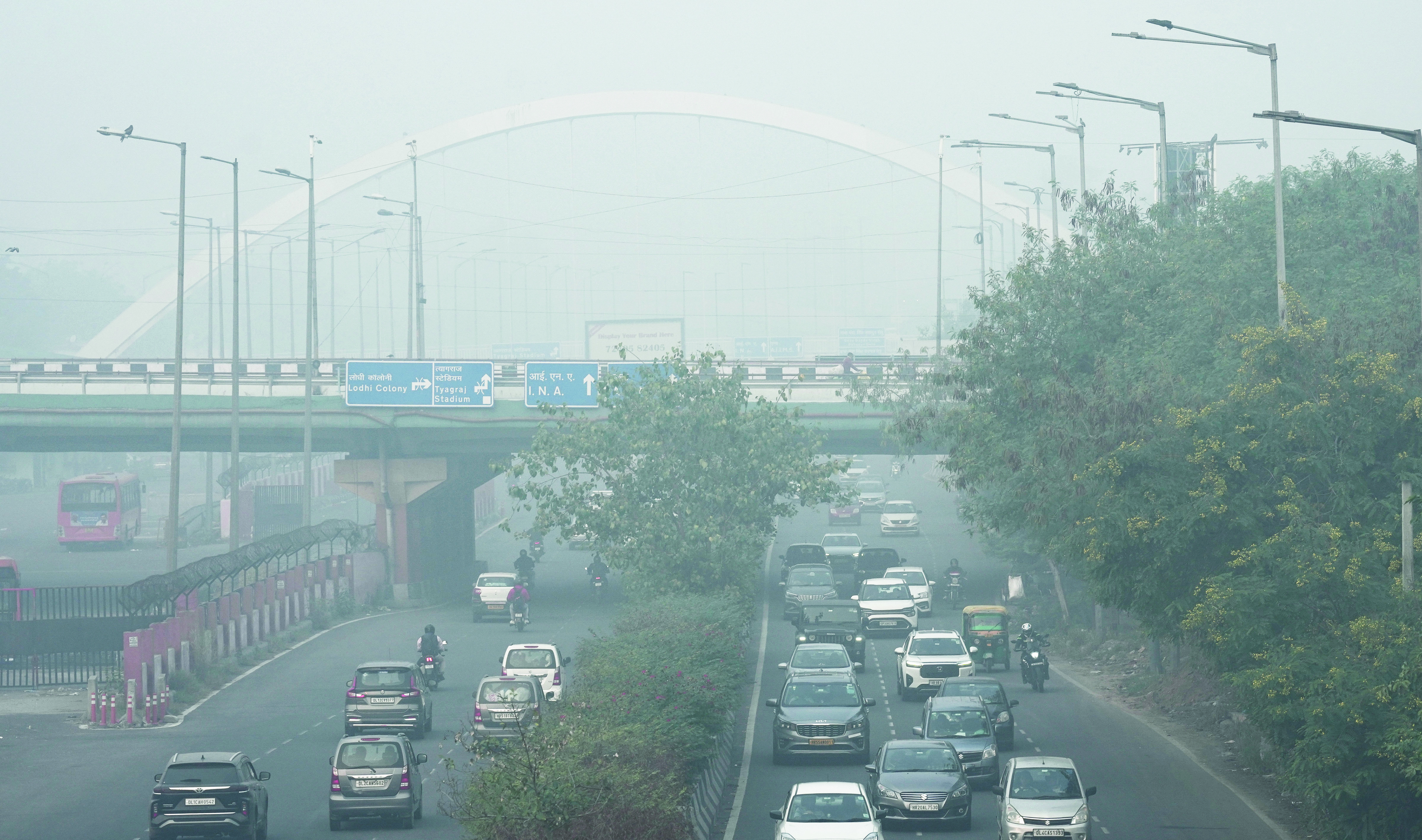Pollution crisis: Delhi govt sets up 6-member STF to implement GRAP

New Delhi: The Delhi government on Thursday set up a six-member special task force to ensure strict implementation of the Centre’s air pollution control plan GRAP in the national Capital, Environment minister Gopal Rai said.
Delhi’s special secretary (environment) will head the STF whose members include senior officials from the departments of transport, traffic, revenue, Municipal Corporation of Delhi (MCD) and Public Works Department (PWD).
The STF will coordinate with all the departments involved in the enforcement of pollution control measures and submit a report to the government daily, Rai told reporters.
Earlier in the day, Rai held a meeting with departments on the effective implementation of anti-air pollution measures.
Rai had previously reprimanded the departments concerned for their negligence in executing the air pollution control plan and urged them to establish a monitoring mechanism for overseeing the teams responsible for enforcing anti-air pollution measures.
Strict restrictions, including a ban on construction work and the entry of polluting trucks into the capital, under the final stage (Stage IV) of the Centre’s air pollution control plan called the Graded Response Action Plan (GRAP) had kicked in on November 5 after air quality in the capital dropped to “severe plus” (AQI above 450) levels. The plying of BS III petrol and BS IV diesel vehicles is banned under the GRAP Stage IV, with exemptions granted to those involved in essential services.
Rai said 16,689 such vehicles have been fined for violating the ban.
The minister added that over 19,000 vehicles operating without a valid pollution-under-check (PUC) certificate have been fined since November 3.
Delhi’s air quality worsened within the severe category on Thursday as unfavourable meteorological conditions hindered the dispersion of pollutants.
Recent findings from a joint project by the Delhi government and IIT-Kanpur found that vehicular emissions accounted for about 38 per cent of the capital’s air pollution on Wednesday. This reduced to 25 per cent on Thursday.
Secondary inorganic aerosols — particles such as sulfate and nitrate that are formed in the atmosphere due to the interaction of gases and
particulate pollutants from sources like power plants, refineries, and vehicles — is the second major contributor
to Delhi’s foul air, accounting for 30 to 35 per cent
of the air pollution in the city over the last few days.
Calm winds and low temperatures are allowing accumulation of pollutants and relief is unlikely over the next few days, an official at the India
Meteorological Department (IMD) said.
An improvement in the wind speed November 21 onwards might bring air pollution levels down, he said.
Delhi’s 24-hour average Air Quality Index, recorded at 4 pm every day, stood at 419 on Thursday. It was 401 on Wednesday, 397 on Tuesday, 358 on Monday and 218 on Sunday, 220 on Saturday and 279 on Friday.
Neighbouring Ghaziabad (376), Gurugram (363), Greater Noida (340), Noida (355) and Faridabad (424) also
recorded very poor to severe air quality.
According to IQAir, a Swiss company that specialises in air quality monitoring, Delhi was the most polluted city in the world on Thursday, followed by Baghdad and Lahore.



